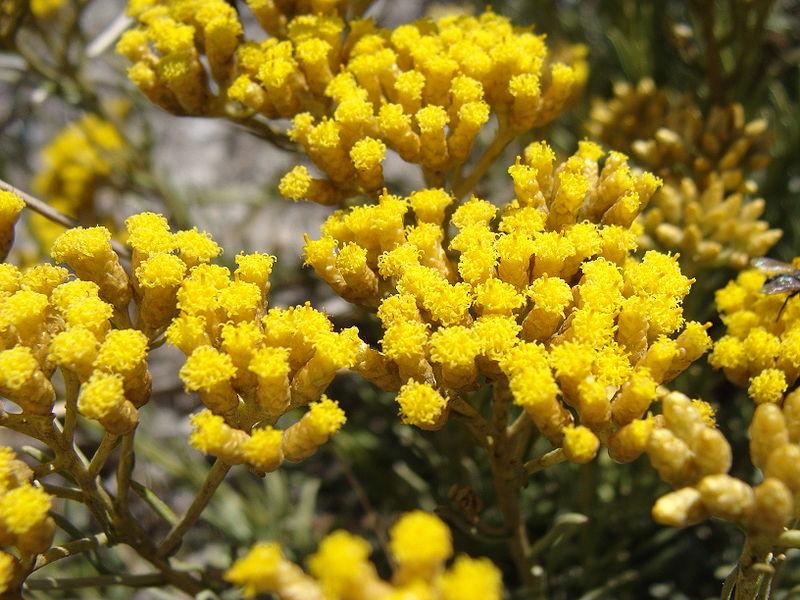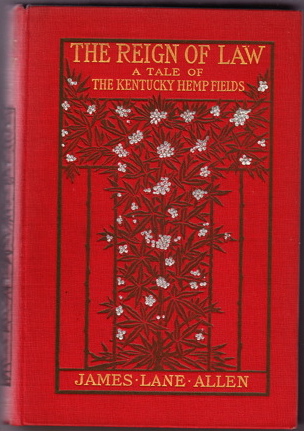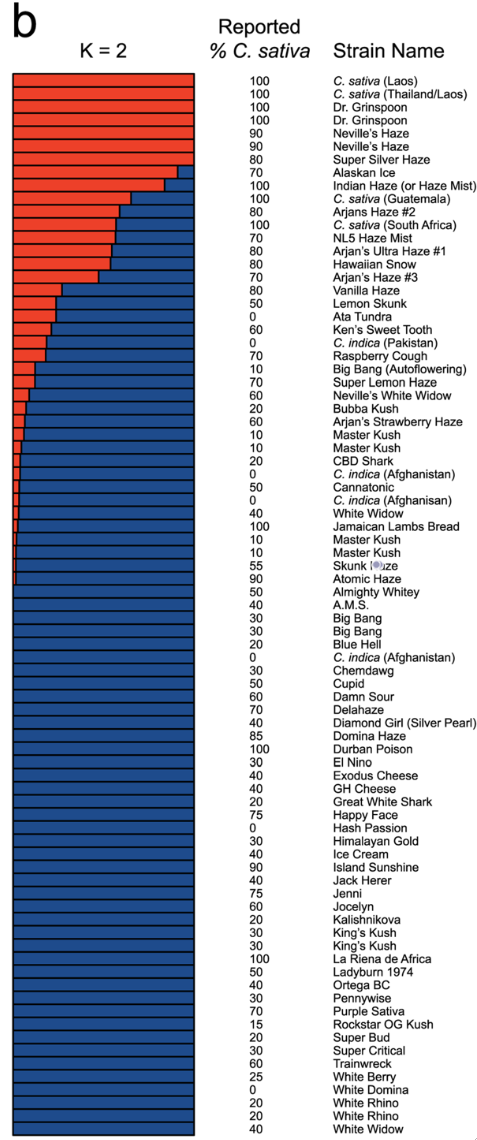“Immortelle” is a good name for a plant supposed to have anti-aging properties, and Croatian farmers are trying to grow commercial quantities. According to a November 24 New York Times story by Joseph Orovic,
“About five years ago, cosmetics manufacturers and the essential oils industry started using a rare extract from the flower — known as the curry plant for its spicy aroma — as a critical ingredient in high-end creams, ointments and tinctures, sold for their purported rejuvenating powers.”
The Latin name, Helichrysum italicum, isn’t inherently commercial but it reminds us… In making the point that plants other than Cannabis produce cannabinoids, Dr. Giovanni Appendino in his 2015 ICRS talk discussed a South African Helichrysum variety that produces copious amounts of CBG. As Ryan Lee reported in O’Shaughnessy’s,
Appendino discovered that cannabinoid-like compounds are made by plants “apart from the normal cannabinoid biosynthetic route. There is a new pathway that starts from an aromatic acid.” Referred to as the “Helichrysum cannabinoids,” these compounds also have been detected in liverwort.
Studying how Helichrysum makes “non-cannabis” CBG and its related compounds has been difficult for Appendino and his colleagues, because strict South African bio-piracy laws prohibit the collection and export of native species or their seeds. These laws, designed to prevent foreign corporate exploitation of the country’s unique genetic resources, also impede legitimate scientific research. After two years of bureaucratic red tape, Appendino was only able to obtain a small vial of extract from Helichrysum, and has not been able to obtain seeds of the plant to continue his research.
There are some 600 Helichrysum species in the sunflower family.





